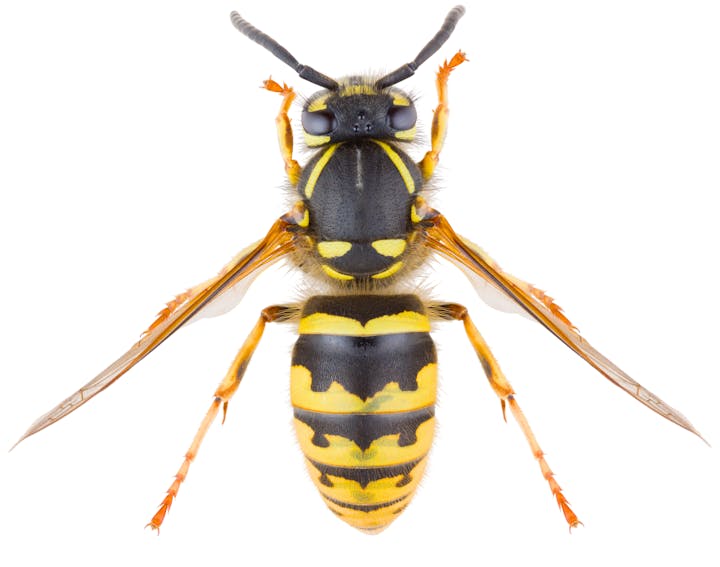September 2022 Newsletter
Storm drains - sneaky summer sources of mosquitoes

You might or might not notice them when walking down the street, but storm drains are an important part of our infrastructure. They help hold and redirect water during winter storm events, and they help keep our neighborhoods from flooding.
In San Mateo County, most of the storm drains direct our winter rains to the San Francisco Bay or Pacific Ocean. In the summer, storm drains typically have much less water flowing through them. The little water that does enter them is more likely to sit stagnant for weeks. And it's in this standing water that mosquitoes love to start their life cycle!
During warm spells in late summer, the mosquito life cycle happens a little bit more quickly than during our cooler winters. The water standing in one storm drain can rapidly result in hundreds or thousands of mosquitoes!
We are particularly concerned about mosquitoes breeding in storm drains, because they are often the species of mosquito (Culex pipiens, the 'common house mosquito') that is an excellent vector of West Nile virus.
To learn more about storm drains and other common mosquito breeding sources, visit: https://www.smcmvcd.org/sources

Report just one
So what is the best way to make sure that storm drains in your neighborhood are not breeding mosquitoes?
The work starts with us - we have a GIS-based program that we have used to map every single storm drain in the County (yes, really, every single one, and there are more than 34,000!). We visit each drain every two weeks in the summer months. District staff treat many drains with an oil-based larvicide in our recognizable white Jeeps. If the drain does not appear to have water in it, we do not treat it.
However, if you are noticing mosquitoes in or around your house, please call us to let us know! We especially love when you have a dead mosquito sample that we can use to identify which kind of mosquito it is.
Once we know about a mosquito issue in your neighborhood, we will do a double check of the drains because they sometimes hold water in a lateral pipe under the ground. Particularly in the City of San Mateo, the lateral pipe system is aging and becoming a little more 'saggy' and prone to pockets of water in the pipes. We will check all the storm drains in the area. We may also set a mosquito trap on your property or in other places in the neighborhood to try to zone-in on the source. We know when we are close to a source when there are more male mosquitoes than females in traps! Male mosquitoes tend to stay closer to the water source - they are waiting for females to emerge and breed.
Mosquitoes do not typically bother every house on the same street equally. If you are noticing just one, your neighbor might be having issues with dozens. After you call us to let us know, perhaps you can also forward this newsletter to them so they will know who to call, too!
To make an online report of mosquito activity in your neighborhood, visit: https://www.smcmvcd.org/request-service



